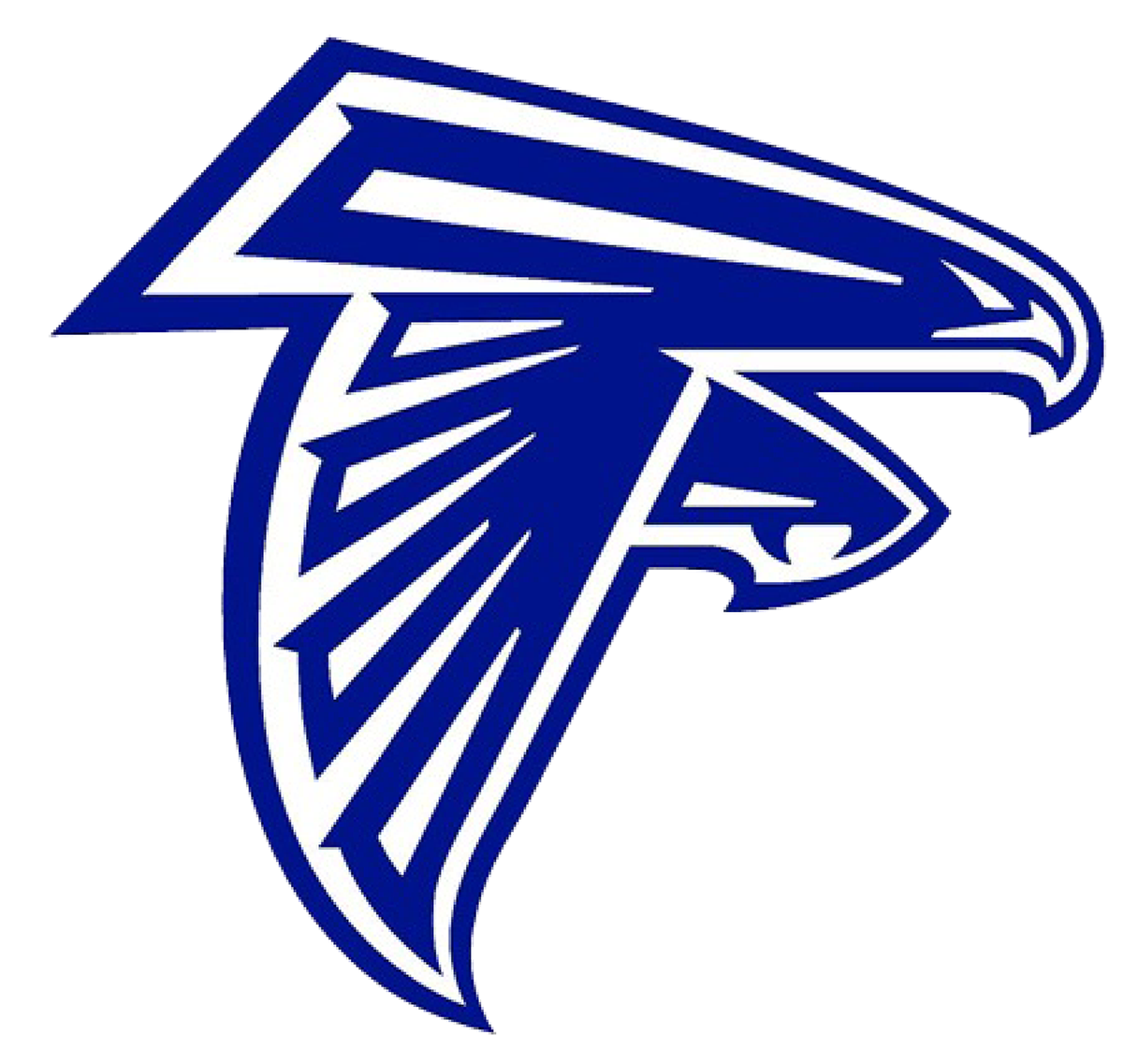Mike Richie, District Administrator
Spirit Article - August 2022
Impact on Student Learning during the COVID-19 Pandemic
People often wonder what impact the COVID-19 Pandemic had on student learning. The ECRA (Education, Consulting, Research and Analytics) Group recently released results from a study they completed that looked at what, if any, student growth was made during the pandemic in the areas of reading and math. This study examined 67,081 students from Illinois in grades two through eight over a 15 month pandemic period beginning in the winter of 2020 and ending in the spring of 2021.
The study used academic growth as the primary outcome. Academic growth is an important student outcome to assess learning rates of individual students, and to evaluate the effectiveness of equity efforts. It is important to mention that the national term learning loss is normally used to describe the impact of the pandemic on student growth. The ECRA Group uses the term unfinished learning in the study to reflect the current evidence regarding learning rates during the pandemic.
Unfinished learning within this ECRA study is defined as the gap between an individual student’s observed assessment performance in the spring of 2021 compared to a personalized projection as to where the student would have likely performed had the pandemic never happened. Personalized projections were established by training a predictive model using pre-pandemic data. The model learned the growth rates for each student leading up to the pandemic and generated a learning trajectory over the course of the pandemic under the assumption that COVID-19 had no impact. The results of the study concluded four main findings.
First finding: Students made significant progress over the course of the pandemic, but did not grow at the rates consistent with pre-pandemic levels. Overall the study observed roughly 4.3 months of unfinished learning in reading and 4.9 months of unfinished learning in math.
Second Finding: The effects of the pandemic on student growth were asymmetric (affected certain groups of students differently) in that unfinished learning was far greater for certain subgroups. Students designated as Black, Hispanic, Low-Income, and English Language Learners were amongst the student groups that were most impacted by the pandemic. These groups were most negatively impacted and showed the highest unfinished learning levels during the pandemic.
Third Finding: Some students grew at a rate equal to or better than pre-pandemic levels. Despite the challenges faced by the pandemic, some students thrived. This can be equated to strong E-learning skills and strong parent support at home.
Fourth Finding: Qualitative analysis suggests that districts with more days of in-person learning tended to have less unfinished learning in both reading and math.
So, what can we as school leaders learn about this study and other studies like this? We must monitor academic growth for individual students. We must document growth for different student groups. Third, we must evaluate the impact and return on investment that equity initiatives are having on academic growth.

